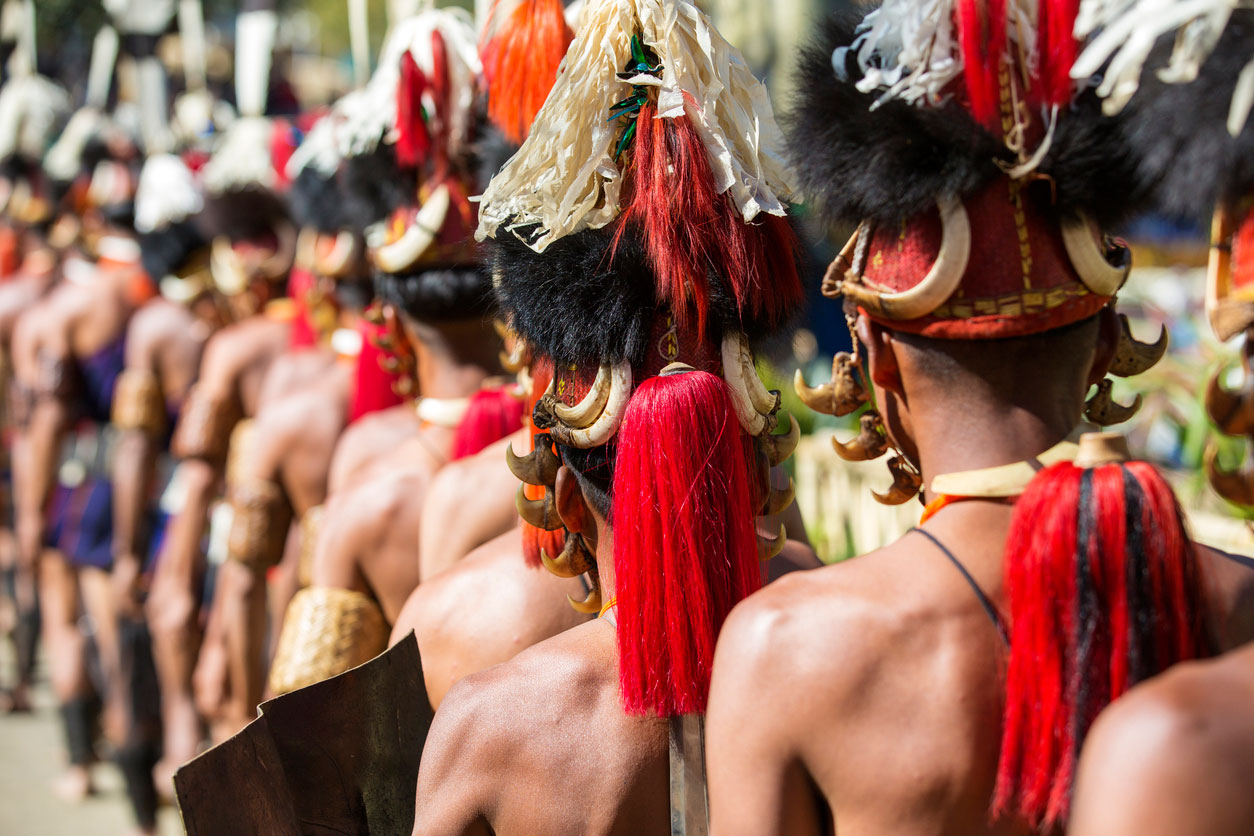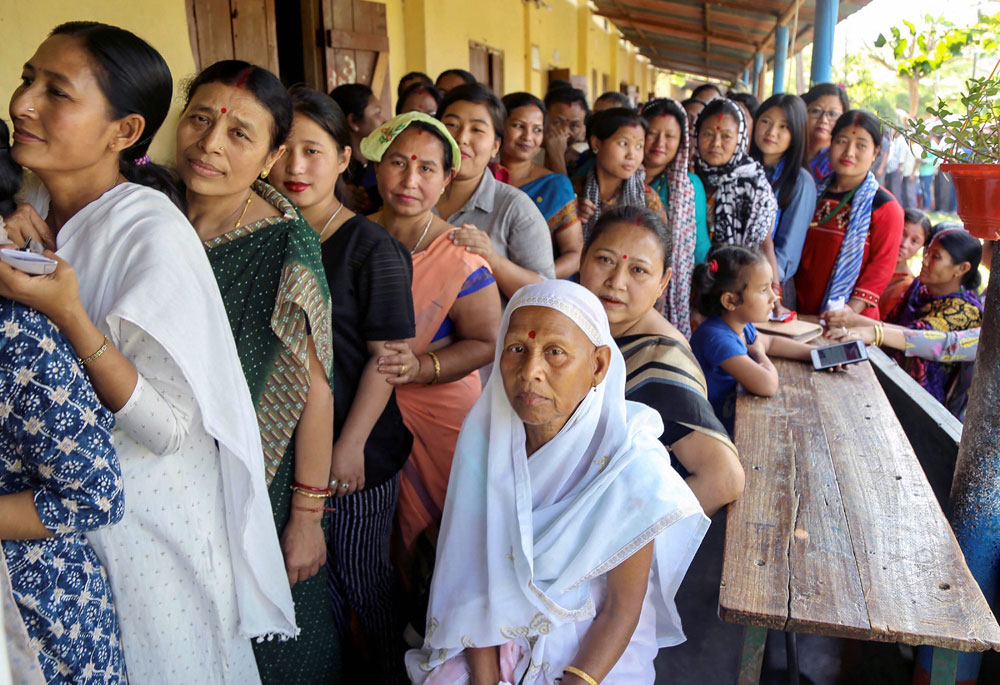The participation of tribes in modern political institutions is traced back to the Government of India Act, 1935. The legislation reserved a number of seats for certain categories of people, such as the depressed castes and backward tribes, in provincial legislative assemblies. Their participation had, however, been negligible. The nationalist leadership took cognizance of it and made special provisions for their representation in Parliament and state legislatures under Article 330 and Article 332 of the Constitution. The share of representation is based on the principle of the size of the tribal population to the total population at different levels of legislative bodies. Reserved seats/constituencies are allocated to each state for Parliament and state legislatures in keeping with the size of the tribal people.
The reserved constituencies are drawn by the Delimitation Commission instituted by Parliament as per the Delimitation Act. Delimitation literally means the act or process of fixing limits or boundaries of territorial constituencies. The first Delimitation Commission was set up under the Delimitation Commission Act of 1952. Since then, there have been three more Delimitation Commissions that were formed in 1963, 1973 and 2002. The last one, instituted under the Delimitation Act of 2002, was entrusted with the task of readjusting all parliamentary and assembly constituencies in the country in all the states of India, except for Jammu and Kashmir, on the basis of the 2001 census.
As per the Delimitation of Parliamentary and Assembly Constituencies Order 2008 issued by the Delimitation Commission, the total number of seats in Parliament were fixed at 543, of which 412 were earmarked for the general population, 84 for the scheduled castes and 47 for the scheduled tribes. The 47 seats earmarked for STs were distributed among states in proportion to the size of their tribal populations. Following this, reserved constituencies were redrawn, keeping in mind the concentration of the tribal population in these states. Meanwhile, the Centre promulgated an ordinance amending the Delimitation Act, 2002 that nullified the final order of the Delimitation Commission for Jharkhand. Later, the government passed four separate orders under 10A of the Delimitation Act 2002, deferring the delimitation exercise in the Northeastern states of Assam, Arunachal Pradesh, Nagaland and Manipur, keeping in mind security concerns. The Delimitation of Parliamentary and Assembly Constituencies Order, 1976 was put in force in the four Northeastern states and in Jharkhand.
Of the 47 parliamentary seats reserved for STs, Madhya Pradesh has the largest share of 6 seats, followed by Jharkhand and Odisha with 5 seats each. Chhattisgarh, Gujarat and Maharashtra have 4 seats each, while Rajasthan has 3. States with 2 seats include West Bengal, Telangana, Karnataka, Assam and Meghalaya. The other states with reserved seats for tribes are Tripura, Mizoram, Manipur and Andhra Pradesh and the Union territories of Lakshadweep and Dadra and Nagar Haveli. For the assembly, the share of tribes has been contingent on the size of the tribal population of the states.
Whereas the principle underlying reservation is by and large clear and consistent in states where tribes form a numerical minority, the same is not the case in states such as Nagaland, Mizoram, Meghalaya and Arunachal Pradesh. Tribal people form the majority in these states. It is thus assumed that tribal people would invariably be elected even if the constituency remains unreserved. Yet, there are anomalies. In Mizoram and Meghalaya, two numerically tribal-dominant states, only 3 parliamentary constituencies are reserved for the tribes. The 3 parliamentary seats in Nagaland and Arunachal Pradesh, however, are general constituencies. Interestingly, the 2 parliamentary seats in Meghalaya were converted into reserved constituencies as per the Delimitation of Parliamentary and Assembly Constituencies Order, 2008. All assembly seats save one are reserved for tribes in Arunachal Pradesh as well as in Nagaland and Mizoram. In Meghalaya, 55 out of 60 seats are reserved for tribes.
The earmarking of seats through reserved constituencies has the distinct purpose of safeguarding the rights and interests of tribal communities. But have these reserved constituencies and their elected representatives addressed these concerns? Elected tribal representatives have seldom come together to articulate and defend the rights of the indigenous people they claim to represent. They have, more often than not, gone with the diktats of political parties even when these have been detrimental to the interests of tribal communities. There is ample evidence of the violation of tribal rights that have been enshrined in the Constitution as well as of laws enacted for their protection in post-Independent India. Yet, elected representatives have remained silent on these transgressions. If the tribal people have been able to protect anything, it has been possible largely due to the resistance movements by the people.













